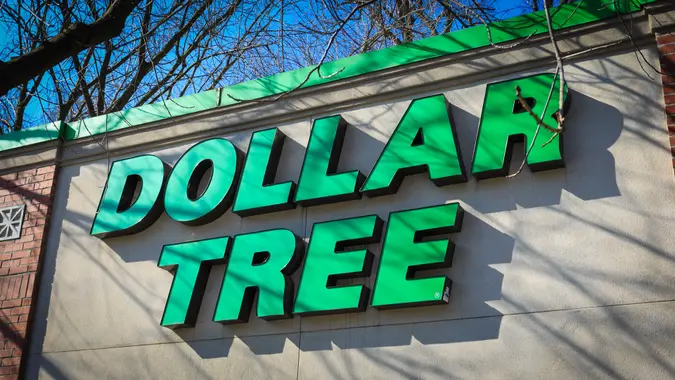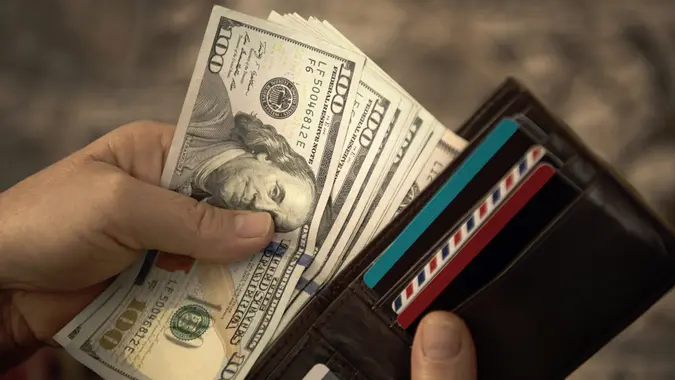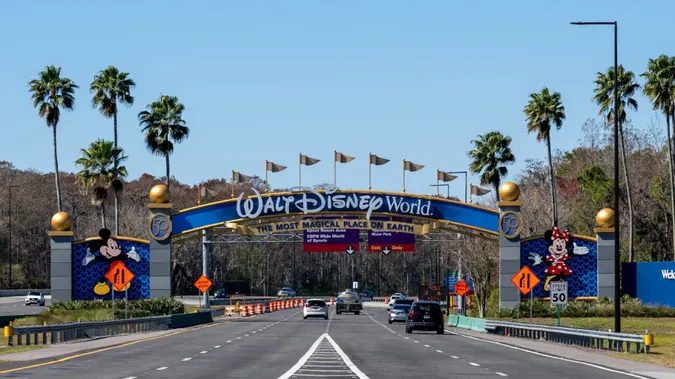I’m an Auto Expert: 7 Innocent Mistakes That Can Damage Your Car and Cost Big Money

Commitment to Our Readers
GOBankingRates' editorial team is committed to bringing you unbiased reviews and information. We use data-driven methodologies to evaluate financial products and services - our reviews and ratings are not influenced by advertisers. You can read more about our editorial guidelines and our products and services review methodology.

20 Years
Helping You Live Richer

Reviewed
by Experts

Trusted by
Millions of Readers
We’ve all been there. You’re cruising along, feeling like you’ve got this whole “car ownership” thing figured out, when suddenly your ride starts making a noise that sounds suspiciously like your wallet screaming. As it turns out, some of the most common – and costly – car problems start with innocent mistakes that seem harmless at the time.
Let’s dive into seven of these wallet-draining blunders, as shared by automotive experts who’ve seen it all.
Ignoring That Tiny Chip in Your Windshield
You know that little chip from a stray pebble? The one you’ve been meaning to get fixed “someday”? Well, “someday” might cost you big time.
Tomer Ruderman, founder and owner of Car Keys Ottawa, warns: “It might seem harmless, but leaving a small chip or crack can lead to needing a full windshield replacement, which can run you $200 to $500 or more, depending on your car. Fixing chips early on usually costs under $100, so delaying it turns into a much bigger (and more expensive) problem.”
Moral of the story? Don’t let that little chip turn into a big crack in your windshield – or your savings.
Playing Battery Roulette With Your Key Fob
Ever grabbed the cheapest battery on the shelf for your key fob? Ruderman has seen this backfire more times than he can count.
“Replacing your key fob battery with the wrong type is also something I see clients do often, but it can mess with your car’s security system and reprogramming or replacing a fob for newer cars can cost anywhere from $150 to $600,” he said.
So next time, maybe splurge on that name-brand battery. It’s cheaper than a locksmith bill.
Riding on Deflated Dreams (and Tires)
We’ve all ignored that tire pressure warning light at some point. But Ruderman explains why that’s a big no-no.
“Driving on under-inflated tires wears them out faster, meaning costly replacements sooner than you’d like,” he said. “Plus, it hurts your fuel efficiency, so you’ll be spending more on gas. Worst of all is that it raises the risk of a blowout, which can lead to expensive repairs or even an accident.”
Chris Pyle, a JustAnswer auto expert, adds: “Check your tire pressure with the tire cold and adjust it to the specs for the car, not for the tire. Tires are not cheap. Driving with them under/overinflated will accelerate their wear.”
Bargain Hunting in the Wrong Places
We all love a good deal, but when it comes to car parts, cheaper isn’t always better. Pyle cautions against using cheap aftermarket parts. “In comparison an OEM part, although more expensive, comes with a warranty on the part, the labor and a tow if needed,” he said. “Aftermarket parts are cost appealing and many come with a warranty, but it does not cover the labor time to replace the faulty part or if a tow is needed.”
So that $50 you saved on a part? It might cost you hundreds more in labor if it fails.
Treating Your Car Like a $150 Microwave
You know that thick manual gathering dust in your glove box? It’s not just for show. Pyle points out, “People will buy a $150 microwave and read the manual on how to use it, but not for a car costing over $60K. The manufacturer provides what should be done to get the best longevity.”
Skipping recommended maintenance is like ignoring your doctor’s advice — it might seem fine now, but it’ll cost you in the long run.
Believing in Automotive Snake Oil
When your car starts leaking, it’s tempting to reach for a quick fix. But Pyle warns against relying on “mechanic-in-a-bottle” solutions.
“You are in a pickle with a fluid leak,” he supposed. “You go to AutoZone and buy a stop-leak for the engine/trans oil, or the coolant. Those are for emergencies, and not intended to be added repetitively or left in the vehicle. The leak must be repaired and the additive flushed out before it clogs what it should not try to cure.”
In other words, that $10 bottle of stop-leak might end up costing you hundreds in engine repairs.
Turning Your Car Into a Scratch-and-Win (but Really Lose)
You’re in a hurry, your car’s filthy and that automatic car wash looks so convenient. But Aivaras Grigelevicius, an automotive expert at carVertical, explains why this is a costly mistake.
“An average visit to an automated car wash costs around $15,” Grigelevicius said. “After about 10 trips, a car will likely show visible signs of wear, including scratches. Essentially, owners are paying $150 to damage their car, only to spend an additional $200 on polishing to repair the damage.”
You’re literally paying to decrease your car’s value. Talk about a lose-lose situation.
 Written by
Written by  Edited by
Edited by 

























